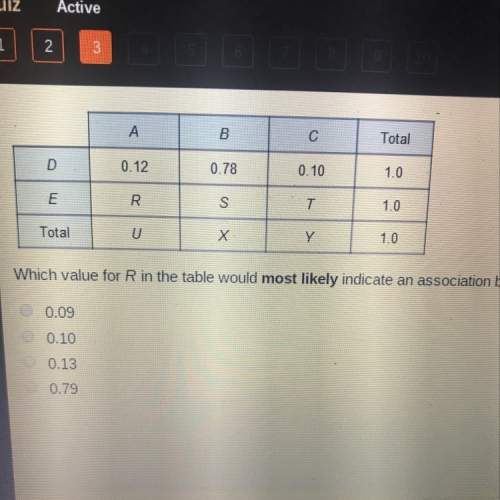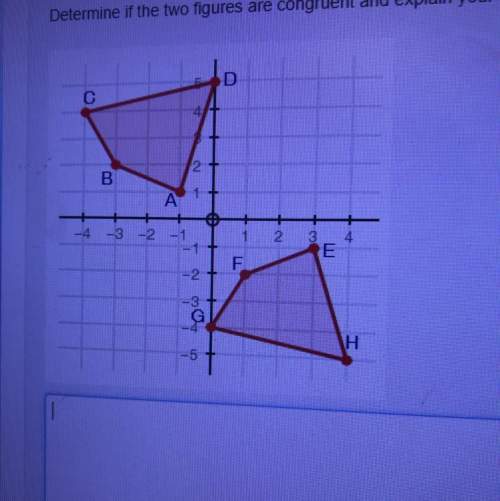Suppose r(x) and t(x) are two functions with the same domain, and let
h(x)=r(x)+t(x).
Suppose...

Mathematics, 19.06.2021 02:30 von1144
Suppose r(x) and t(x) are two functions with the same domain, and let
h(x)=r(x)+t(x).
Suppose also that each of the 3 functions r, tand h, has a maximum value
in this domain (i. e. a value that is greater than or equal to all the other
values of the function).
Let M = the maximum value of r(x),
N = the maximum value of t(x), and
P = the maximum value of h(x).
How might the following always be true that M+N=P?

Answers: 2
Another question on Mathematics

Mathematics, 21.06.2019 18:00
On saturday a souvenir shop had 125 customers.sixty four percent of the costumers paid with a credit card. how many costumers paid with cash?
Answers: 1


Mathematics, 21.06.2019 22:00
Find the greatest common factor of the followig monomials 46g^2h and 34g^6h^6
Answers: 1

Mathematics, 22.06.2019 01:30
Jon’s weight loss for each week of the month is 5 lbs., 2.5 lbs., and 2.5 lbs. he gained 3.5 lbs. the last week. if jon originally weighed 198 lbs., how much does he weigh now?
Answers: 1
You know the right answer?
Questions

Mathematics, 02.08.2019 01:00


English, 02.08.2019 01:00


World Languages, 02.08.2019 01:00





Mathematics, 02.08.2019 01:00

Mathematics, 02.08.2019 01:00

Social Studies, 02.08.2019 01:00

Mathematics, 02.08.2019 01:00











